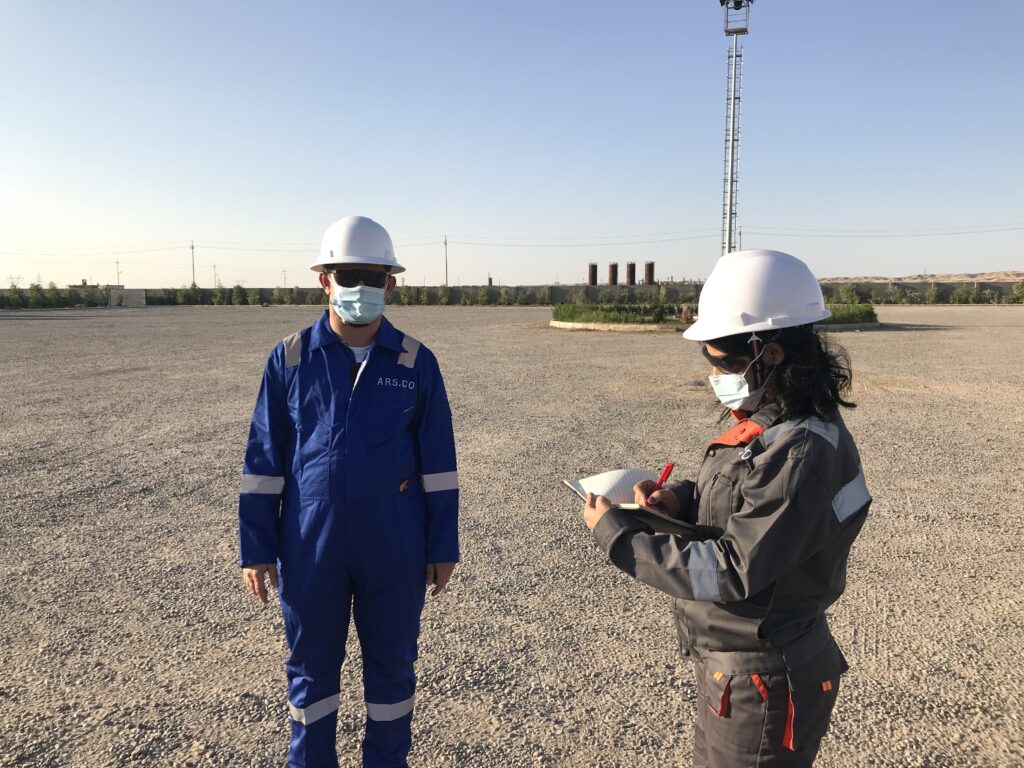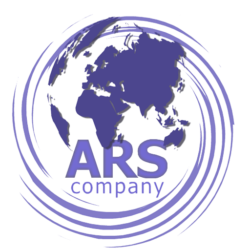
Safe return to work Guides for employers onCOVID-19 prevention
- Objective of the guide
This guide contains recommendations for health and safety practices and approaches to COVID-19 prevention, based on materials developed by many organizations globally, including: “General guide for preventing the spread of COVID-19 at the workplace. Objective of the guide
The publication aims to provide general guidance and information to employers on how to prevent the spread of COVID-19 in the workplace, to enable workers to return to work safely while keeping the risk of contamination as low as possible. It also provides ideas on how to protect workers’ mental well-being during the pandemic.
Until the development of a vaccine or medicine, COVID-19 virus is likely to continue circulating in our communities. Physical distancing measures, increased hygiene and other precautions will therefore, have to be maintained to contain infections, including those in the workplace. Preventive actions are necessary in order to prepare oil companies and workers for a safe return to work and a gradual restart of business activities. The guide can also be useful for those companies who continued operations throughout the crisis.
All enterprises, regardless of their size or sector, are encouraged to adopt these recommendations to take care of people’s health and, as far as possible, not affect business activities negatively.
As the epidemiological situation, health and safety regulations and public health guidance differ considerably from country to country, this generic tool should be further adapted to national situations.
- General considerations, information and awareness raising
Implementing protective and preventive measures may require significant changes to workplace processes and practices. To help with the transition, consider gradual resumption of activities (e.g. reduced number of product groups or activities) to simplify logistics and process flow at least at the start of the return to work period.
Determination which workers should return to work first. Consideration will be given to which workers, departments, groups, or units should return first based on business needs. Consideration also be given to compliance with ongoing restrictions regarding business operations and compliance with health precautions such as physical distancing. Workers who can continue to telework should do so. Flexible working time such as staggered hours or shift work be considered to limit congestion in the workplace. We will document the legitimate business reasons for this process, to provide evidence of non-discriminatory selection criteria.
Changing rooms
Limiting the number of people present at the same time in the changing rooms, to ensure sufficient distance between workers.
If necessary, providing additional temporary changing rooms.
Ensuring regular cleaning of the changing rooms, and in any case between shifts and at the end or at the beginning of each work-day.
Bathroom facilities
Reminding workers to wash hands before and after using the toilet.
Respect physical distancing as much as possible, for example by installing temporary additional toilets, limiting the number of people present in the toilet area at the same time, and leaving sufficient space between urinals and sinks that can be used.
Provide liquid soap to wash hands (rather than a bar soap), and paper towels to dry hands (rather than towels or electric driers).
Ensuring regular cleaning of bathroom facilities and areas, and in any case between shifts and at the end of each work-day.
Canteen and rest areas
Unless on-site canteens / catering facilities cannot be managed in accordance with the measures below, keeping them open to avoid workers leaving the site during meal breaks.
Reminding workers to wash their hands prior to entering the canteen, and consider providing hand-gel stations in the canteen area.
Determination the maximum number of people that can safely stay at the canteen at the same time, while respecting physical distancing measures.
Implementing staggered lunch and rest breaks to avoid congestion. Like split workers into teams/shifts, avoid mixing different teams in the same space at the same time.
